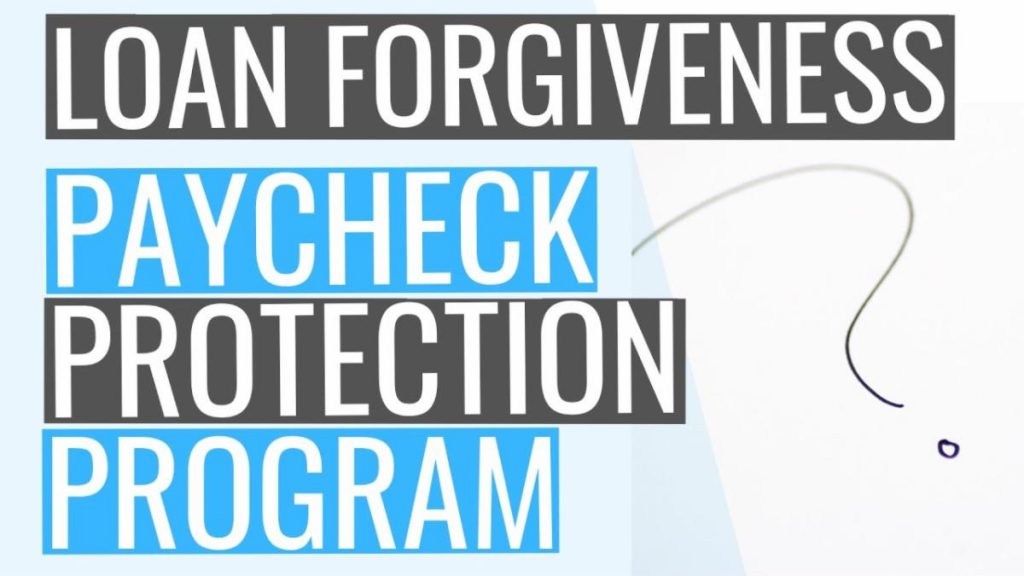
 There are several key takeaways to this program. First, this is free money from the federal government and you should be applying for it. It’s a loan from the Small Business Administration (SBA) through your local bank that can be forgiven in part or totally.
There are several key takeaways to this program. First, this is free money from the federal government and you should be applying for it. It’s a loan from the Small Business Administration (SBA) through your local bank that can be forgiven in part or totally.But there are “only” some $350 billion available. Since the maximum amount of the loan is $10 million, it only takes 35,000 companies to deplete this fund at $10 million each. Now 35,000 companies may seem like a lot and that you have a good chance to get a loan; but there are 5.6 million companies competing for this loan, and 35,000 now doesn’t seem like so much any more (in fact it’s only 0.6% of all companies with fewer than 500 employees).
Since it’s first-come, first-served, it will be a RACE to see who gets their money first (as characterized in a webinar by Gray, Gray and Gray).
THE SBA LOAN APPLICATION HAS JUST BEEN ISSUED BY THE IRS AND CAN BE DOWNLOADED BELOW.
If you intend on applying for this loan CEMA strongly advises you to contact you bank today!
Again, these will be for the past 12 months, from which a monthly average will be calculated to see how much loan you can apply for. (There are some exclusions from what can be included as payroll costs but your banker will go over these for you (also described on the IRS website). Later, when you apply for loan forgiveness, documentation you’ll need to provide to your lender includes verifying the number of full-time equivalent employees on payroll as well as the dollar amounts of payroll costs, covered mortgage interest payments, covered rent payments, and covered utilities for the eight week period following this loan.
How are these loans “free money?” Your loan can be forgiven for the amount of payroll and some other ancillary costs you incur after getting your loan. In some cases the entire amount of the loan can be forgiven, which means the money is free. Parts of the loan that aren’t forgiven will incur interest rates of up to 4% with repayment over 10 years (but not starting until six months after the loan starts). Example Your loan amount can be 2.5 times your average monthly payroll costs (see the 7 payroll costs above) over the past 12 months (less exclusions) The amount that can be forgiven equals your payroll costs over the 60 days after you get the loan plus your interest mortgage costs, rent, and utilities costs over the same period. Let’s say your average payroll is $100,000. That means your maximum loan amount can be 2.5x that or $250,000. Suppose over the 60 days after your loan begins, your payroll remains constant at $100,000 per month, or $200,000 over two months. Let’s say your rent, interest on mortgage loans, and utilities equals $50,000. Thus, $200,000 plus $50,000 = $250,000 which means your loan is completely forgiven. But let’s say you reduced your workforce recently and your payroll costs were only $100,000. That plus $50,000 in ancillary costs gives you a forgiven amount off $150,000 which means you still owe $100,000. But even in this second example, you still got some free money. So the purpose of this loan is for you to keep up your payroll as close to your 12-month average as possible so that you get as much of it forgiven as possible. Note in this example you don’t have to apply to the full $250,000 limit. You can take less in order to be assured that with reduced payroll your loan will be completely forgiven.
This is a complex program and the description above is just the “tip of the iceberg.” There are a lot of details beyond the scope of this alert, such as what the loan can be used for, what companies can apply, key dates, excluded payroll costs, and much more.
